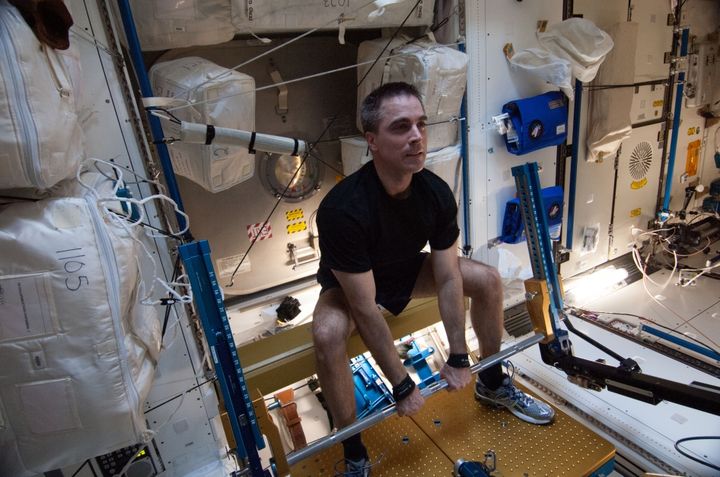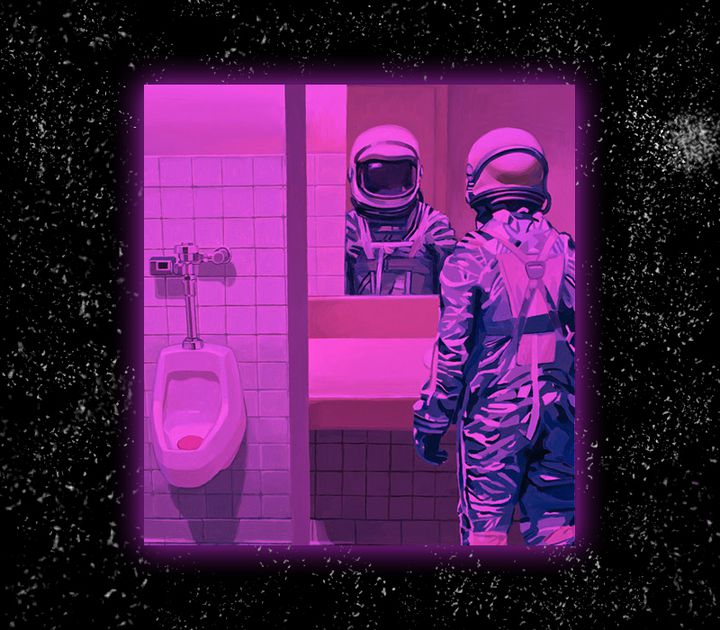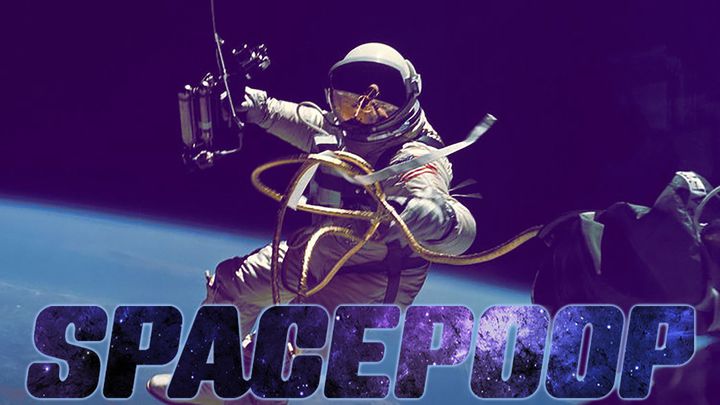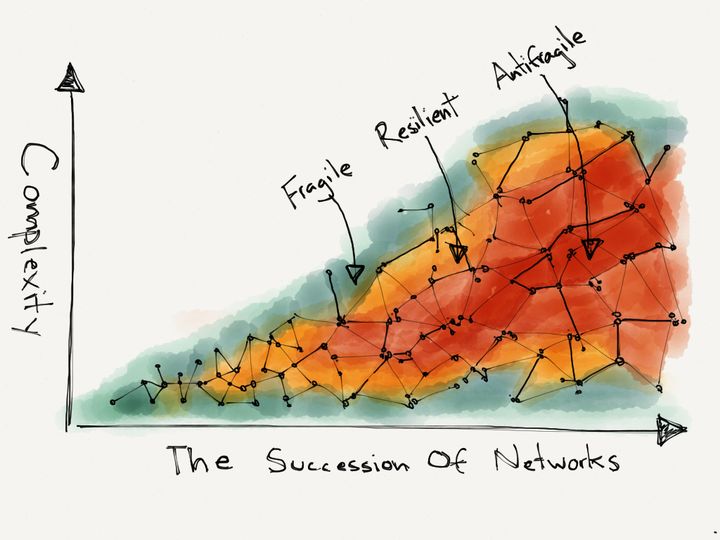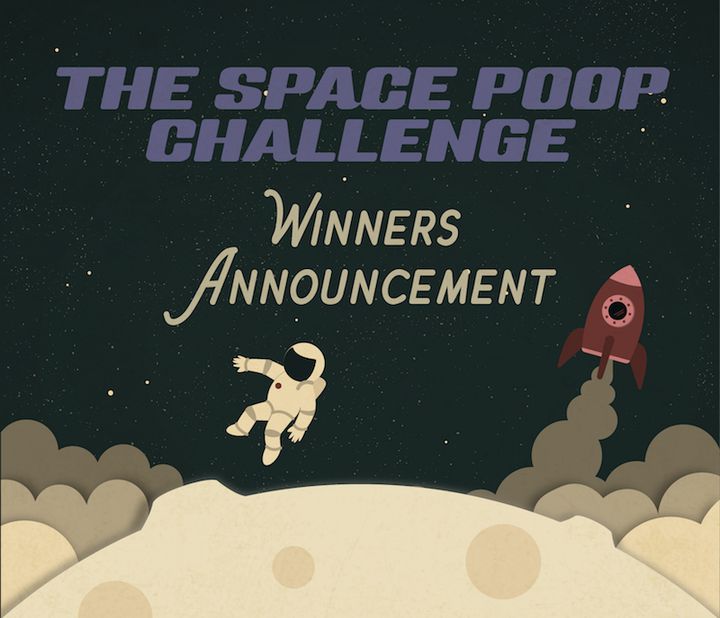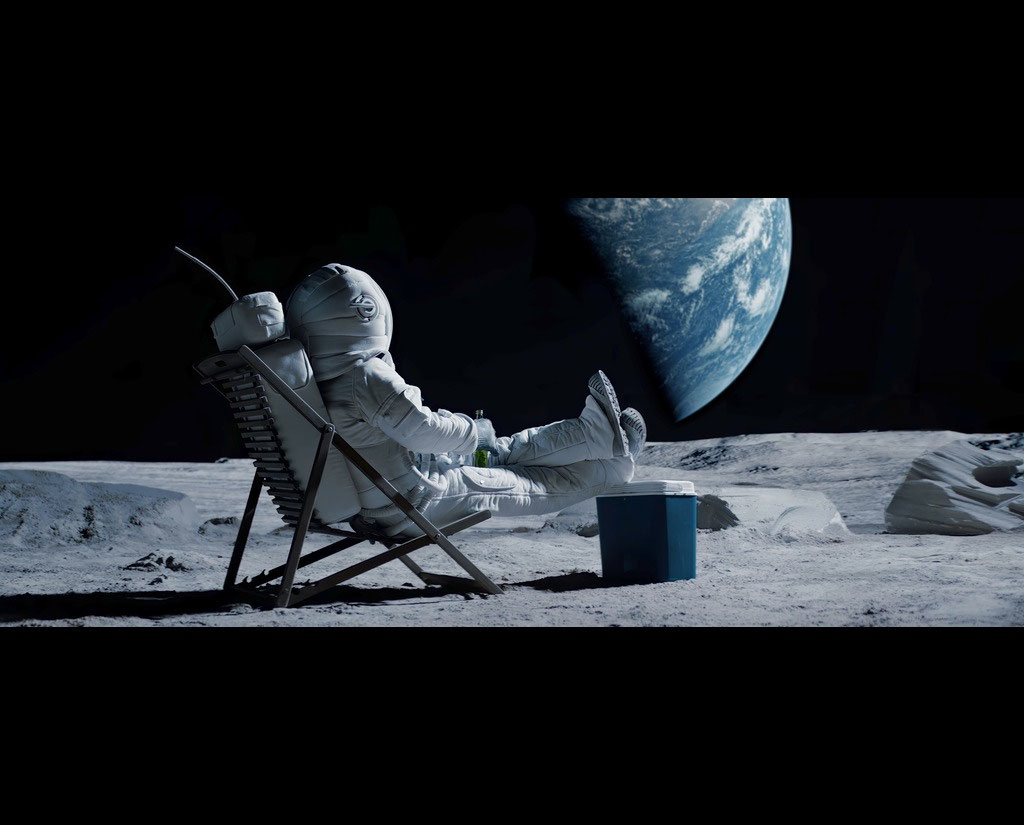
Spaceflight sure does a number on your body. Spending months in microgravity is actually harder on your muscles and bones than you would think. Because you're spending most of the day floating around, that means that your body doesn't have the usual gravity to fight against. And over time, you get a lot weaker.
Astronauts spend about two hours a day (including setup time) exercising on the International Space Station. NASA feels it is starting to get a handle on the bone loss problem since it flew a better weightlifting device in orbit called the Advanced Resistive Exercise Device. But it hasn't licked the problem yet, and wants to get better data on astronauts while they are up there.
And here's where the other challenge of spaceflight comes in: limited space. Every pound that goes to space has to be lifted by a rocket, and that gets expensive very quickly due to the amount of fuel. Moreover, the station only has so much space to store stuff; with six astronauts and about 150-200 scientific experiments to put up there, the modules are pretty crowded as is. How to get around that problem?
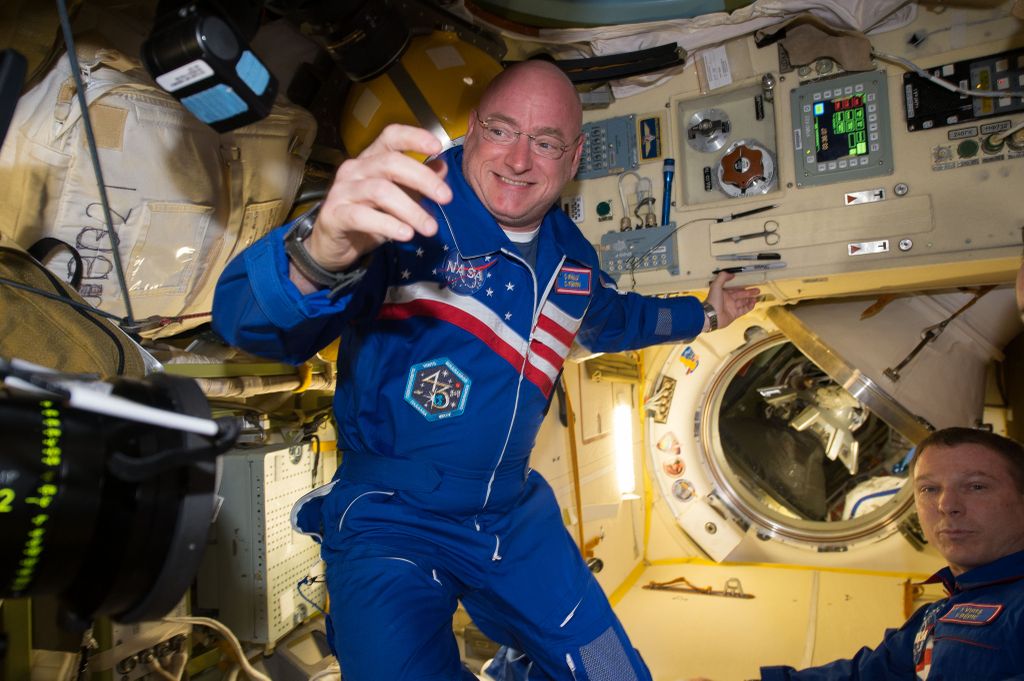
Question about astronaut health are gaining more pertinence as people such as Scott Kelly (center) spend a year in space this year. Credit: NASA
One answer is to get better with minituarization, which is the aim of the MRI in Space project. With hopes to fly a prototype to the station by 2016, the Canadian project aims to make it portable and fast for the astronauts to use (giving them more time for experiments.) According to its webpage, the MRI is based on three technologies: manipulating transmitted radiofrequency bands to get the images you need, using permanent magnets (instead of superconducting ones) to reduce space, and miniturizing electronics.
This will help doctors get data on the astronauts during a mission, rather than needing to wait six months or more to measure their progress once they reach the ground. "We don't know how bone and muscle density change with time during a mission," project investigator Gordon Sarty at the University of Saskatchewan in Canada told New Scientist in 2014. "You can only guess with the before and after data we have today."
It's not a guarantee that the device will make it to space, as it depends on what payloads the Canadian Space Agency deems a priority. But whether this machine flies or not, one thing is for sure -- we will need to keep better track of astronaut health during long-term missions.
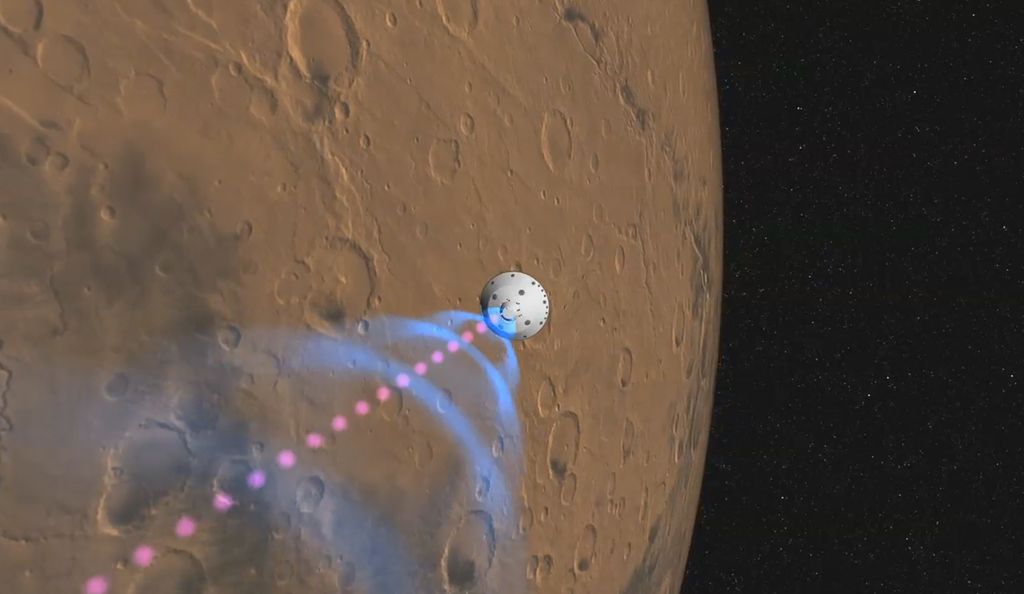
Artist's impression of the Curiosity rover landing on Mars in a protective shell while communicating with Earth. How to keep humans healthy during that long journey? Credit: NASA/JPL-Caltech
Right now, NASA astronaut Scott Kelly is just starting the first year in space mission by an American (a record handily beat by the Russians several times on the Mir space station in the 1990s, but with less advanced technology than today.) Among other health studies, Kelly and his Earthbound twin Mark will undergo genetic tests to see how spaceflight alters you over time.
The long-term aim of the mission is to better prepare us for trips out into the solar system. NASA is talking about sending astronauts to an asteroid, and potentially on to Mars, within the next few decades. But we need the crew to be in the best shape possible when arriving so they can set up bases and do scientific investigations.
The key to this will be long-term monitoring of health in space. What devices do you think will fill the gap?
Top image: NASA astronaut Chris Cassidy exercises on the Advanced Resistive Exercise Device. Credit: NASA
